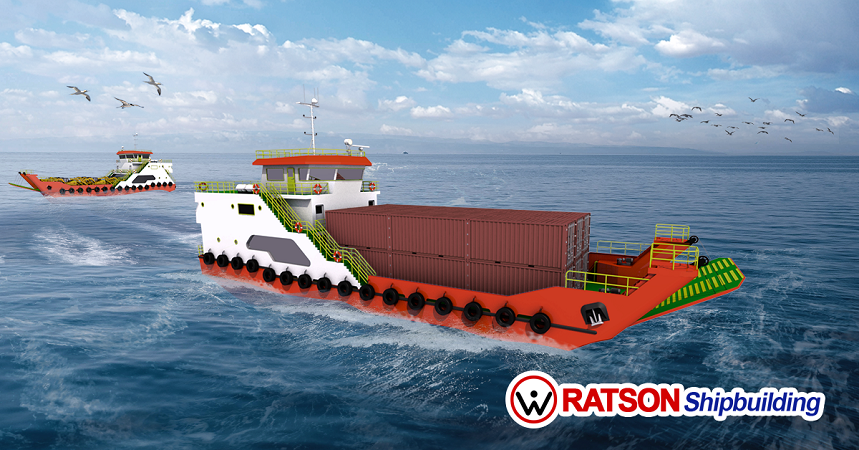
Every vessel that is built has its own class. Vessel classification is representing the technical standard in the building process of the vessel. To conduct a vessel classification, we have who called classification society. They are in charge of overseeing the quality of the building process which covers the technicality of the construction as well as the structures of the vessel. Classification society certify if the construction of the vessel complies with the standards used in building the vessel. Therefore, the quality of the vessel can be identified with the classification that it has.
There are so many classification societies which divided into two big categories which are local class and international class. Both of the classes hold different standards and those standards are used to determine which area can be cover by which vessel. Like its name, the local class is the classification that is established by the local government or country to determined the standard quality of the vessel. Having local classification can allow your vessel to sail within those local areas or country. For example, if you have an Indonesia Local Class, BKI, your vessel can only sail within Indonesia water or other countries that accept BKI as similar standard or higher. On the other hand, international classification is the classification that is accepted globally. Having this classification will allow your vessel to sail around the world. An international classification society is often called IACS (International Association of Classification Society).
Classification usually represents its country. For example, Indonesia has BKI, while China has ZC. Currently, there are 50 classification societies around the world, some of them categorized as IACS class. Several IACS class are as mention below:
1. Lloyd's Register (LR): London Classification
2. Bureau Veritas (BV): Paris Classification
3. Registro Italiano Navale (RINA): Italy Classification
4. Croatian Register of Shipping (CRS): Croatia Classification
5. American Bureau of Shipping (ABS): America Classification
6. Nippon Kaiji Kyokai (NK): Japan Classification
7. Russian Maritime Register of Shipping (RS): Russia Classification
8. Polish Register of Shipping (PRS): Poland Classification
9. China Classification Society (CCS): China Classification
10. Korean Register of Shipping (KR): Korea Classification
11. Indian Register of Shipping (IR): India Classification
12. Det Norske Veritas - Germanischer Lloyd (DNV-GL): Germany Classification
This classification society issued a certificate that is needed for the vessel to be able to operate. These certificates indicate the seaworthiness of the vessel. The vessel is considered ready to sail if it meets the standards quality of safety and the fitness for purpose of the vessel. This is the use of the vessel classification.
Vessel classification can impact on the price of the vessel. The standards between local and international class are different. The material used, worker qualification, spare parts used, design, and the building process are different. This is why the IACS class vessel will always more expensive than a local class. Furthermore, vessel classification will also impact the delivery time of the vessel. Since the standards are different, it needs more time for building IACS Class vessel as well as the administration process is more complex. Therefore, choosing vessel classification for your vessel is very important. You need to analyze the purpose of the vessel, which area it is going to sail or cover, and your budget allocation. This information should help you to determine the vessel classification that you need.
Dredgers are important machines used for excavation and land reclamation in water bodies. They come in different shapes, sizes, and types, depending on the specific purpose they are designed for. I....
Pilot boats play a vital role in ensuring the safety and efficiency of maritime transportation. These boats are designed to transport pilots to and from ships that require their expertise in navig....
Self-propelled barges are vessels that are designed to transport large quantities of cargo on inland waterways. These barges are propelled by their own engines, making them highly efficient and cos....
Barge/ Dumb Barge A barge is a flat-bottomed boat that is designed to transport goods or people on inland waterways or near-shore locations. Dumb barges, also known as unpowered barges, are t....